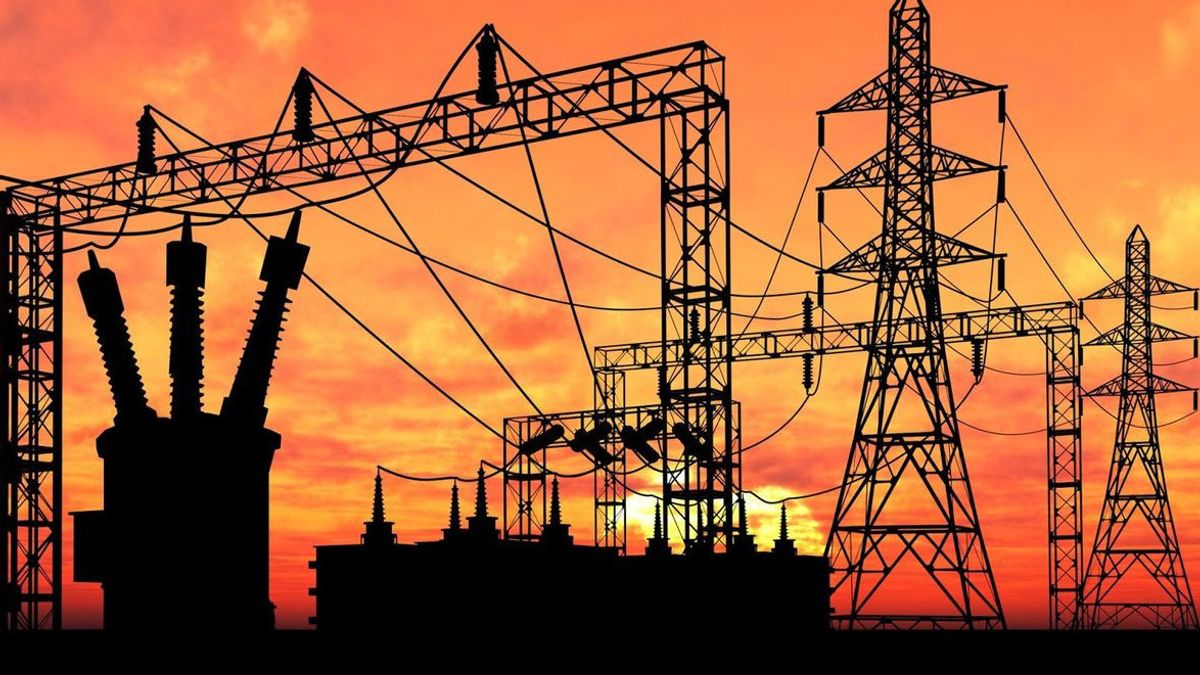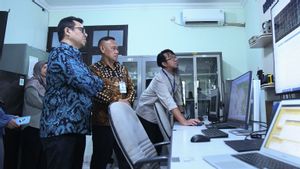JAKARTA - The government has approved the Electricity Supply Business Plan (RUPTL) PT Perusahaan Listrik Negara (Persero) or PLN for the period 2021-2030. In this RUPTL, the portion of new and renewable energy power plants is more dominant.
Minister of Energy and Mineral Resources (ESDM), Arifin Tasrif, said the direction of the national energy policy in the future, namely the transition from fossil energy to new renewable energy as energy that is cleaner, has minimal emissions, and is environmentally friendly.
Furthermore, said Arifin, this is in line with Indonesia's commitment to the Paris Agreement, namely reducing greenhouse gas emissions by Nationally Determined Contributions (NDC) by 2030 by 29 percent from Business as Usual (BaU) with their own capabilities and 41 percent with international support.
"The current RUPTL PLN 2021-2030 is a greener RUPTL because the portion of the addition of NRE power plants is 51.6 percent, larger than the addition of fossil power plants of 48.4 percent", he said in the 2021-2030 PLN RUPTL Dissemination Webinar, Tuesday, October 5.
From a series of long discussions between the government and PT PLN (Persero) and taking into account the inputs of the relevant Ministries and Institutions, the PLN 2021-2030 RUPTL has been successfully formulated which was ratified through the Decree of the Minister of Energy and Mineral Resources number 188.K/HK.02/MEM.L /2021 September 28, 2021.
"By taking into account the condition of PLN, the PLN 2021-2030 RUPTL can answer all problems in the electricity sector", he said.
SEE ALSO:
Arifin said that from the target for additional power plants of 40.6 gigawatts, new renewable energy generating capacity reached 20.9 gigawatts and fossil energy generating capacity was only 19.6 gigawatts.
Furthermore, Arifin said that the government would encourage PLN to focus on investing in the development and strengthening of the electricity distribution system, as well as improving consumer services.
He explained that accelerating the addition of power plants by 40.6 gigawatts over the next 10 years would open up the role of private power companies or Independent Power Producers (IPPs) in the development of new renewable energy-based plants.
"The construction of a new PLTU is no longer an option unless it is currently committed and in the construction stage. This is also to open up opportunities and large enough space for the development of new and renewable energy", he said.
The English, Chinese, Japanese, Arabic, and French versions are automatically generated by the AI. So there may still be inaccuracies in translating, please always see Indonesian as our main language. (system supported by DigitalSiber.id)
















